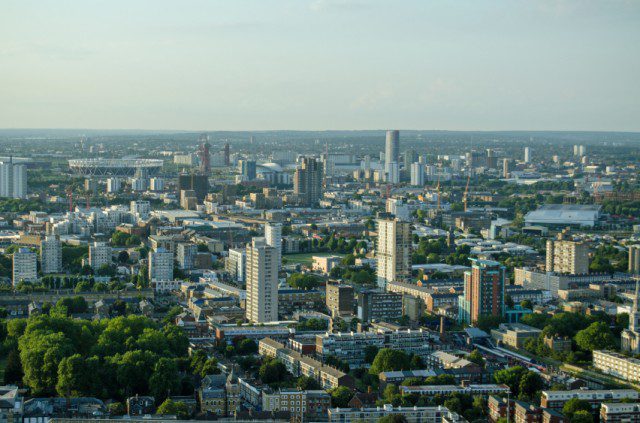Landlords are Taking Action on Fire Safety, Shows Survey
More than half of UK landlords have taken action on the fire safety of their rental properties following the terrible Grenfell Tower fire, shows a new survey.
A study of 500 private landlords found that a third (32%) had checked their fire alarms, while 15% had instructed a professional to carry out a fire risk assessment in the wake of the tragedy.

Landlords are Taking Action on Fire Safety, Shows Survey
Landlords of Houses in Multiple Occupation (HMOs) and flats were among the most proactive over the past four weeks, with fire alarm checks being conducted in 50% of HMOs and 35% of flats. These properties also saw a higher than average number of professional checks, with 39% of HMOs and 22% of flats being visited for assessments.
Other measures taken by landlords included checking construction materials of their properties and contacting the freeholder regarding fire safety checks. 17% of landlords also said that they had installed a carbon monoxide alarm.
The survey, carried out on behalf of Simple Landlords Insurance, was conducted a month after the Grenfell Tower fire in North Kensington.
Perhaps unsurprisingly, landlords in London were the most responsive of all the geographical regions polled. Some 72% reported having taken at least one action following the disaster, compared with just a third in Wales.
However, one area of concern uncovered by the research was gas safety. While every landlord questioned said that they had conducted a gas safety inspection on their property, just 83% said that it had occurred within the last 12 months.
Landlords are legally required to have a Gas Safe-registered engineer check all gas appliances in their properties at least once a year. The majority of the remaining landlords (11%) fell between the 12 and 18-month bracket, while an alarming 4% said that it had been more than three years since their last gas safety check.
A detailed guide to your gas safety obligations can be found here: /landlords-guide-gas-safety/
We have also compiled a thorough and comprehensive guide to fire safety, which can be accessed here: /guide-fire-safety-rental-property/
The Head of Operations at Simple Landlords Insurance, Alex Huntley, comments on the study: “Fire safety is clearly on the agenda for landlords in the UK, with a little over half taking positive action in the last month alone. Landlords have a legal obligation to protect tenants under fire safety regulations, particularly those with large or shared properties.
“Gas safety is also of paramount importance and, although on the whole the survey has shown a positive and responsible response from landlords, they must understand their obligations; fire and gas safety must never be left to chance.”
The findings arrive as the Residential Landlords Association (RLA) calls for change in fire safety guidance.








